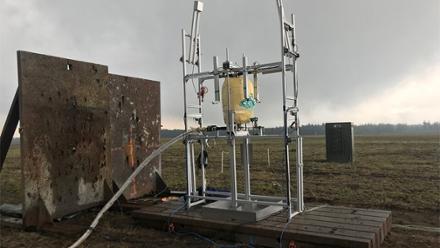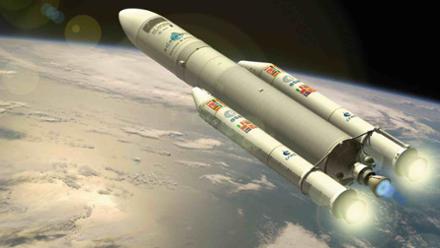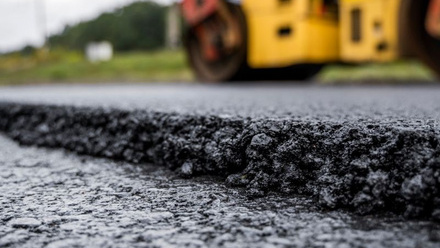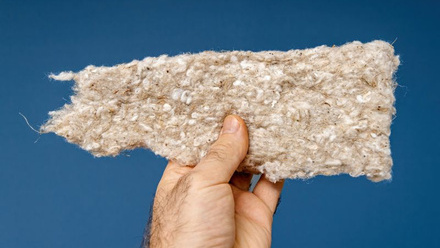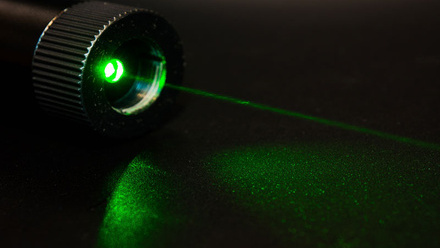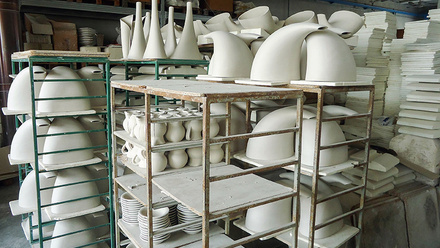Cranfield gives James Webb telescope infrared sight
Later this month the most important space telescope since Hubble (HST) will be launched and Cranfield University, UK, played its part by giving infrared sight to the instrument.
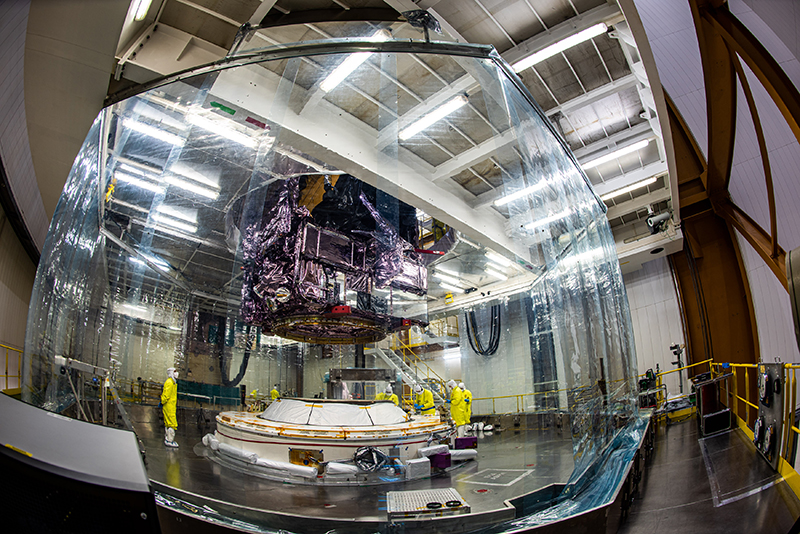
Due to be launched on 24 December 2021, on a European Ariane-5 rocket from French Guiana, the James Webb Space Telescope (JWST) is an unprecedented scientific instrument that will see further into the universe than anything else ever built.
The JWST has taken 30 years and US$10bn (£7.5bn) to develop. At seven times the size of the HST, which collects light using a main mirror of 2.4 m, JWST has a primary mirror that's 6.5 m in diameter. The light-collecting capability represents an unprecedented ability in sensitivity and promises to enable a step change in capability to observe and analyse the universe.
The JWST is tuned to detect infrared light that the Hubble is unable to. Unlike the HST, which has been orbiting the Earth since 1990, the JWST will orbit the sun one million miles from earth. It is fully robotic, highly complex and has around 570 mirror optical surfaces.
The most important part of the telescope is the mirror. Almost half of the JWST mirrors are installed within its Mid-Infrared Instrument (MIRI).
Paul Shore, FREng, Director at Cranfield spin-out Loxham Precision Limited and Head of Engineering at the National Physical Laboratory, explains, ‘Cranfield developed the manufacturing capability and produced all the MIRI spectrometer mirrors. This amounted to 132 flight mirrors on 24 substrate components, together with a full set of flight spares. The development of the JWST MIRI optics, from initial samples, through to the delivery, was performed by the Cranfield team within a three-year period.’
The JWST MIRI instrument was developed by the UK Astronomy Technology Centre in Edinburgh, who entrusted the Precision Engineering Institute at Cranfield University to manufacture the high-complexity image slicers and re-imager mirrors.
More of the JWST mirrors were made in Cranfield than any other location. They were produced on an ultra-precision CNC machine tool designed and manufactured at the University between 1988 and 1992.
Once operational, the telescope should see the light coming from the very first stars to shine in the Universe. The pioneer stars are thought to have switched on about 100-200 million years after the Big Bang, or a little over 13.5 billion years ago.
JWST will have a fuel supply that should keep it stable in orbit for 10 years.


